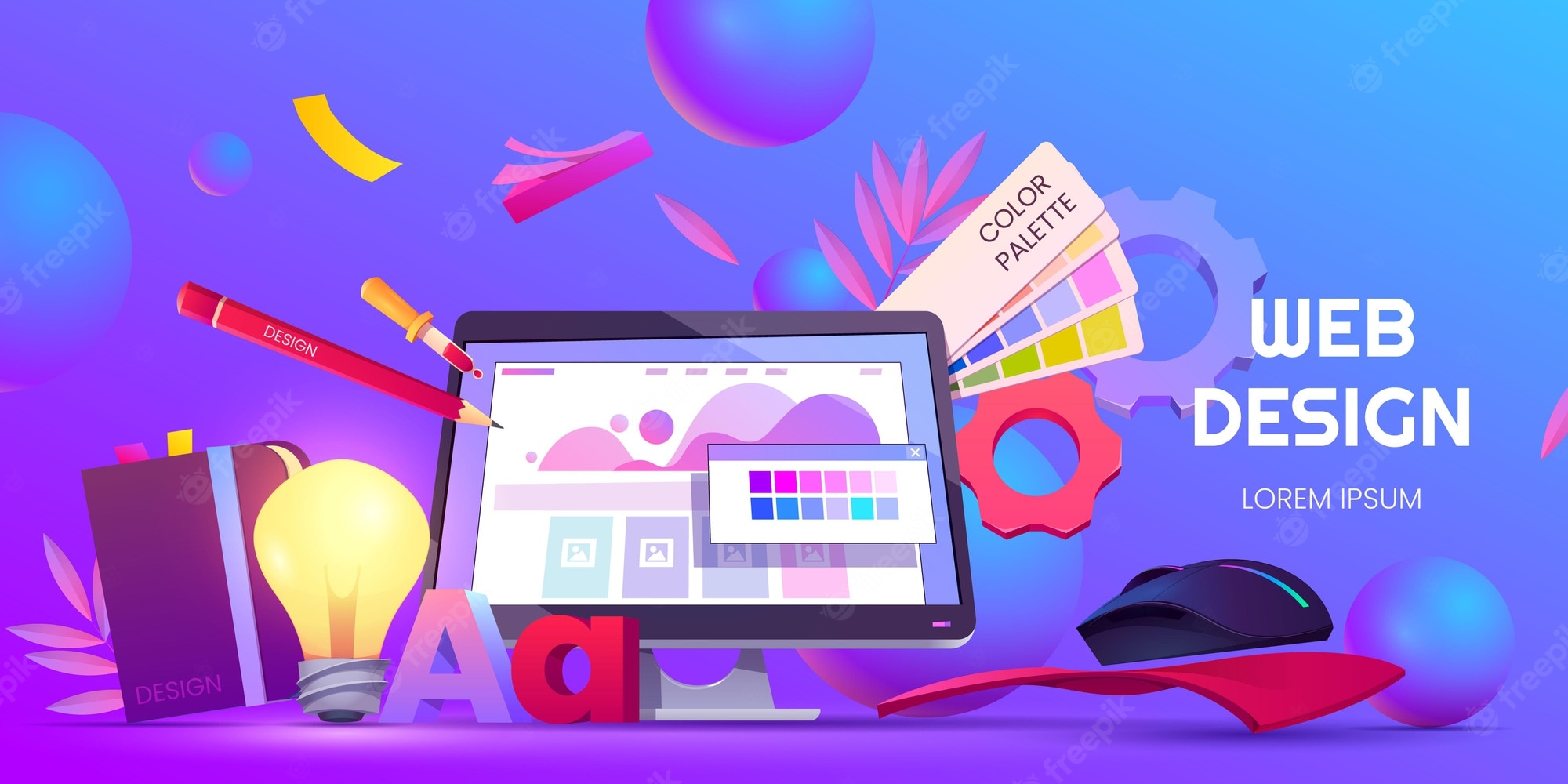The Very Best Types of Website Design to Enhance Customer Experience and Engagement
In the ever-evolving landscape of electronic interaction, the effectiveness of Web style dramatically influences customer experience and involvement. Various design approaches, such as minimalist, receptive, and interactive formats, each deal one-of-a-kind benefits that can provide to varied individual requirements.
Minimalist Web Design
As electronic landscapes come to be significantly chaotic, minimal website design has arised as an effective technique to improving individual experience. This design philosophy focuses on simpleness, concentrating on vital elements while eliminating unneeded diversions. By using sufficient white space, uncomplicated navigating, and a restricted color scheme, minimal design fosters quality and guides user focus to crucial content.
The core concept of minimal Web design is to develop a seamless interaction for customers. By decreasing cognitive load, users can quickly grasp details without feeling bewildered. This direct approach not just improves functionality but additionally motivates involvement, as visitors are more likely to explore a website that is simple and aesthetically attractive to browse.
Furthermore, minimal design usually highlights typography and images, utilizing these aspects tactically to communicate messages effectively. This emphasis on essential elements can boost brand identification and create an unforgettable customer experience. Fundamentally, minimal Web design is not just a fad; it is a thoughtful methodology that acknowledges the relevance of user-centered design. By removing extraneous aspects, developers can develop a more appealing, reliable, and enjoyable Web experience for all individuals.
Receptive Web Style
In today's diverse electronic setting, receptive website design has actually ended up being vital for developing a smooth customer experience throughout a wide range of devices. As users access sites on smartphones, tablets, desktop computers, and laptop computers, the capability of a web site to adapt its layout and content to various display dimensions and resolutions is important.
Responsive website design utilizes versatile grids, pictures, and CSS media queries to guarantee that Web material is offered efficiently, despite the device made use of. This technique not only enhances the aesthetic charm of a site but additionally dramatically enhances usability. Customers are more probable to involve with a website that provides a regular experience, as it gets rid of the disappointment of having to focus or scroll excessively.
By adopting receptive layout, companies can boost their visibility and reach a more comprehensive audience. In summary, responsive Web layout is a fundamental method that boosts user experience, interaction, and general satisfaction.
Interactive Web Style
Receptive website design prepares for improving customer experience, yet interactive Web design takes this a step additionally by engaging users in an extra dynamic way - Aligned Position Web Design. By integrating components such as computer animations, clickable prototypes, and real-time feedback, interactive Web style mesmerizes individuals, attracting them right into a richer surfing experience
This approach not only fosters interaction however additionally urges customers to discover material proactively as opposed to passively eating it. Strategies such as gamification, where customers gain incentives for finishing jobs, can significantly enhance the moment invested in a website and boost total contentment. In addition, interactive attributes can streamline intricate info, making it a lot more pleasurable and digestible.

Incorporating interactive style components can also result in greater conversion prices, as customers are more probable to article involve with a website that actively involves them. Aligned Position Web Design. Eventually, interactive website design transforms customer experiences into remarkable trips, guaranteeing that visitors return time and once more
Apartment Style
Defined by its minimalistic strategy, level layout stresses simplicity and performance, removing away unneeded aspects and concentrating on crucial attributes. This style viewpoint prioritizes usability, making certain that customers can navigate user interfaces easily and efficiency. By using a clean aesthetic, level style removes the clutter typically found in much more elaborate designs, thus boosting user emphasis on web content and functionality.
The characteristic of level design depends on its use of strong colors, easy typography, and geometric forms. These aspects contribute to an aesthetically enticing interface that is both approachable and modern. Additionally, level layout promotes Get More Info a sense of quality, enabling users to recognize essential activities and information without diversion.
Moreover, flat layout is especially effective in responsive website design, as its simpleness translates well across various gadgets and display sizes. The lack of elaborate structures and gradients reduces packing times, which is important for preserving individual engagement. As digital landscapes remain to evolve, level design stays a relevant selection for developing user-friendly sites that improve general experience. By concentrating on vital functions, level style not just meets user requirements yet also encourages smooth communication, making it an important component of effective website design approaches.
Flexible Website Design
Adaptive website design personalizes the customer experience by developing numerous fixed layouts tailored to different screen sizes and devices. Unlike responsive design, which fluidly adjusts a single layout, adaptive design employs distinct layouts for specific breakpoints, guaranteeing optimal presentation on different platforms. This method important site enables designers to concentrate on the unique qualities of each device, enhancing usability by supplying specifically what customers require based on their context.
One of the primary benefits of flexible website design is its ability to maximize lots times and efficiency. By serving customized web content and pictures that fit the individual's device, websites can decrease information usage and improve loading rates. This is specifically helpful for individuals with slower connections or minimal data plans.

Furthermore, flexible design assists in an extra regular and controlled branding experience. Considering that developers create multiple designs, they can make certain that the visual aspects line up with the brand name's identification across different platforms - Aligned Position Web Design. This causes a natural user experience, enhancing interaction and advertising customer retention
Verdict
Minimalist layout cultivates clearness and focus, while responsive layout makes certain versatility across various tools, advertising availability. Collectively, these design comes close to contribute to the creation of straightforward settings that not only improve contentment however also drive greater conversion prices, underscoring their critical relevance in contemporary Web style techniques.

Minimalist design fosters clarity and focus, while responsive design ensures adaptability across various devices, promoting accessibility. Collectively, these design comes close to add to the production of straightforward settings that not just boost contentment yet additionally drive greater conversion prices, highlighting their vital value in contemporary Web design approaches.
Comments on “Aligned Position Web Design: Building Beautiful and Functional Websites for Your Business”